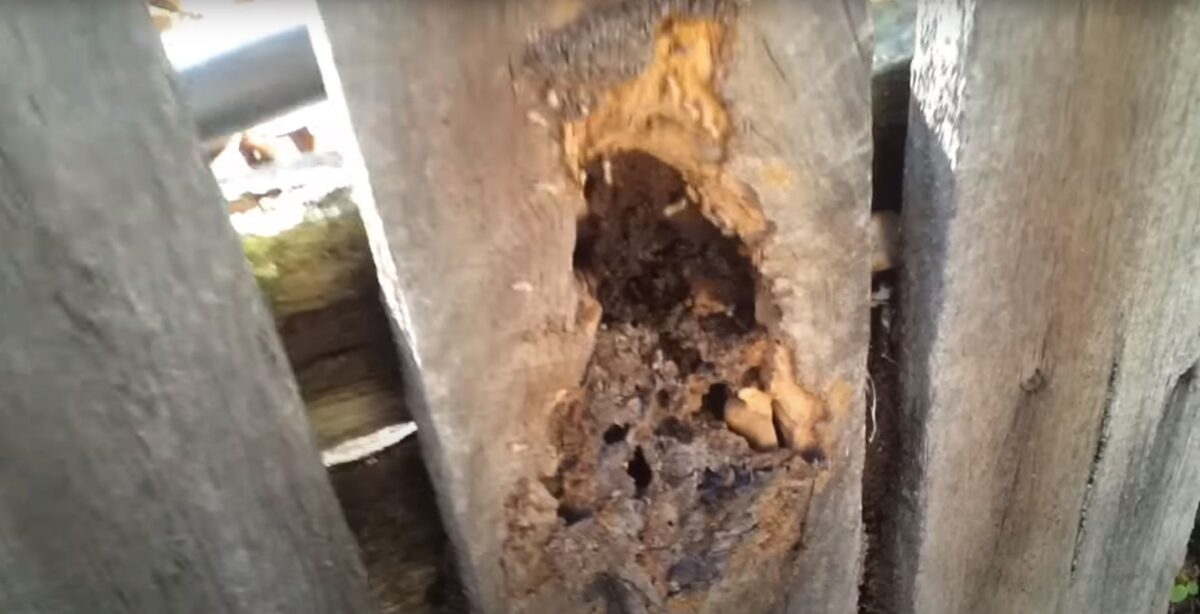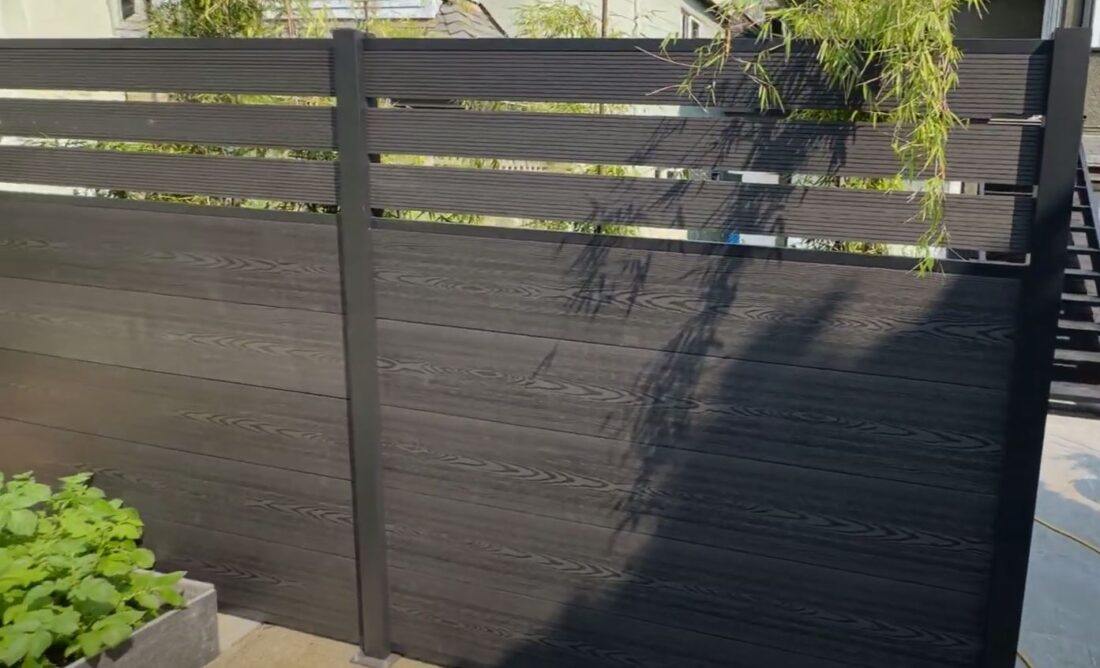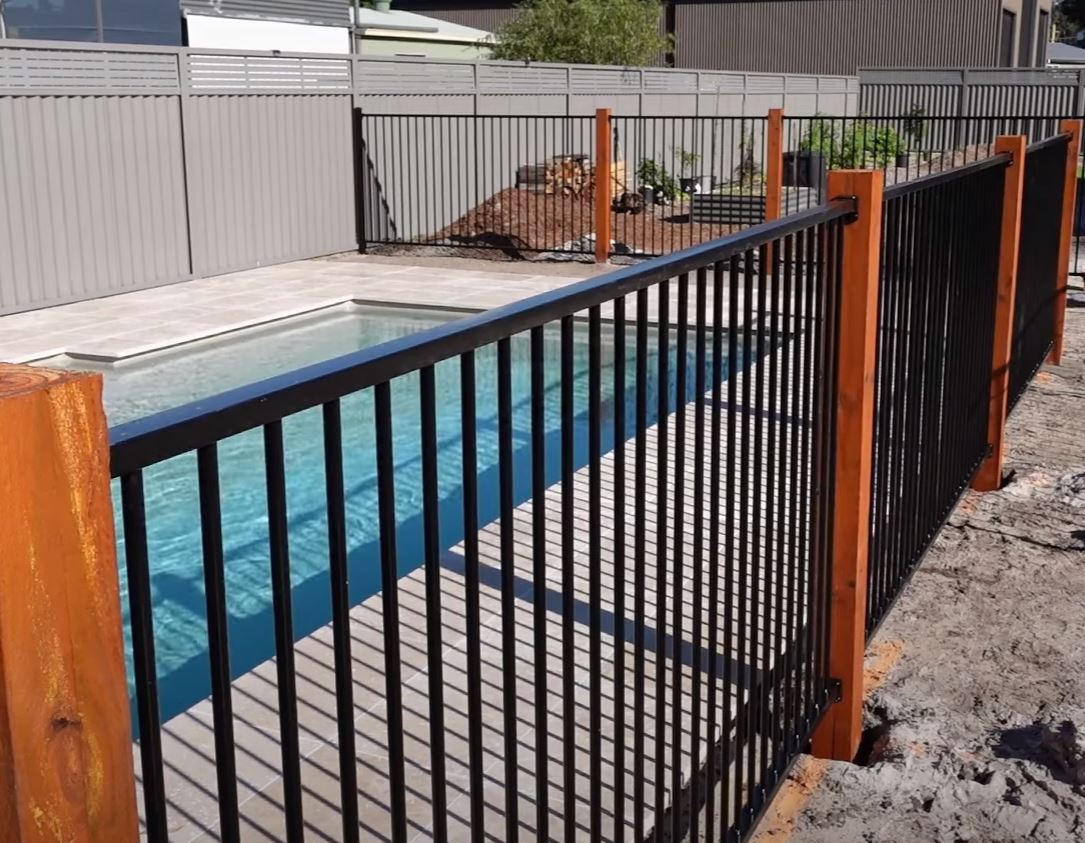Know Your Timber Pests
Auckland is home to a variety of pests, such as termites, beetles, and fungi, that can damage your timber fence. Knowing the types of pests common in areas like Ponsonby and Mount Eden can help you choose the right prevention method.
- Termites: Eat wood from the inside out.
- Wood-boring beetles: Lay eggs on or in timber, larvae eat the wood.
- Fungi: Thrive in wet conditions and degrade wood.
Termites
Perhaps the most notorious timber fencing enemies, termites are a significant concern in Auckland’s residential areas, especially in places like Ponsonby.
- Appearance: These are tiny, ant-like insects but paler.
- Behaviour: Termites live in colonies and consume cellulose, primarily found in wood. Termites are notorious for damaging timber fences, as they can work undetected until significant damage is evident.
- Prevention: Regularly check for mud tubes on your fence, as this is a sign of termites. Keep wooden structures dry and avoid wood-to-soil contact.
Wood-boring Beetles The humid Auckland climate, especially in areas like Mount Eden, can be conducive for these pests.
- Appearance: While the adult beetles are harmless, their larvae, often known as woodworms, are the culprits behind the damage.
- Behaviour: After mating, female beetles lay eggs in crevices or directly onto the wood. Once hatched, the larvae burrow into the wood, where they can remain for several years, eating away at your fence from the inside.
- Prevention: Regularly inspect your fence for small, round holes, as this indicates the exit of an adult beetle. Treating the timber with specific insecticides can deter female beetles from laying eggs.
Fungi
Timber fungi, though not insects, are a significant pest and can lead to issues like rot.
- Appearance: They usually manifest as discoloured patches or a fuzzy growth on the wood.
- Behaviour: Fungi thrive in wet, humid conditions. They degrade wood by breaking down its cellulose and lignin, leading to soft, brittle, and discoloured timber.
- Prevention: To prevent fungal growth, ensure your fence has a proper finish and is not constantly exposed to water. Regularly check for signs of discolouration or soft spots on your fence, especially after the rainy season.
Prevention is Key
To keep your timber fence safe, consider the following:
- Choose the Right Wood: Some timbers are naturally resistant to pests. Look for hardwoods like jarrah or teak, which are less appetising to pests.
- Treat the Timber: Use insecticides and fungicides specific to your pest problem. It’s crucial to reapply them every 1-2 years.
- Proper Installation: Ensure your fence doesn’t directly contact the soil, as this can invite termites. Using metal post supports can elevate timber from the ground.
Regular Maintenance and Inspection
Pest problems can escalate quickly in humid Auckland climates. Regularly inspect for:
- Hollow-sounding wood: Indicates termite damage.
- Small exit holes: A sign of wood-boring beetles.
- Discolouration or soft spots: Potential fungal infestation.
Health and Safety Considerations When treating your fence:
- Always wear gloves and protective eyewear.
- Keep treatments away from children and pets.
- Use treatments in well-ventilated areas.
Natural Pest Control Methods
If you prefer not to use chemical treatments, consider these alternatives:
- Beneficial Nematodes: Natural predators of termites.
- Diatomaceous Earth: A natural insect killer.
- Orange Oil: Known to kill termites on contact.
Alternative Fencing Materials
If you’re in suburbs like Remuera, which are particularly pest-prone, consider alternative fencing materials:
- Vinyl Fencing: Pest-resistant and requires minimal maintenance.
- Metal Fencing: Durable and no attraction for pests.
- Composite Fencing: Made from a mix of wood and plastic, offering the look of wood without the susceptibility to pests.
Cost Implications
Pest treatments can add to your fencing budget. Treating timber with insecticides can cost anywhere between NZD 50-1500, depending on the size of your fence. Regular inspections by professionals may also add up.
Exceptions and Limitations
- Natural resistance in some timbers can decrease over time.
- Some treatments might not be effective against all pests.
- Overuse of chemicals can harm the environment.
Comparison Table: Timber Fence Protection Options
| Method | Specifications | Pros | Cons |
| Choose Resistant Wood | Hardwoods | Natural protection; Durable | Can be more expensive |
| Chemical Treatment | Insecticides/Fungicides | Effective against pests | Requires reapplication; Can be harmful |
| Regular Inspections | Every 6-12 months | Early detection; Prevents spread | Adds to maintenance cost |
| Natural Pest Control | Nematodes, Diatomaceous Earth | Eco-friendly | Might be less effective |
| Alternative Materials | Vinyl, Metal, Composite | Durable; Pest-resistant | Might not have the aesthetic of real timber |
Final Thoughts
A well-maintained and protected fence is a long-term investment. If you’re considering a new fence installation or need advice on protecting your existing one, consider reaching out to Quality Fencing Auckland for expert guidance and top-notch service.
Frequently Asked Questions
What are the most common pests that damage timber fences in Auckland?
Termites, wood-boring beetles, and fungi are among the most common culprits that can harm timber fences in Auckland. These pests can degrade the wood, leading to structural issues and a decrease in aesthetic appeal.
How often should I inspect my timber fence for pest damage?
It’s advisable to inspect your timber fence every 6-12 months, especially after the rainy season, as moisture can attract many pests. If you’re in a particularly humid or pest-prone area, consider checking more frequently.
Are there eco-friendly ways to protect my timber fence from pests?
Yes, there are natural pest control methods available. Beneficial nematodes, for instance, are natural predators of termites. Diatomaceous Earth is another natural insect killer that can be applied to timber surfaces. Additionally, orange oil has been known to kill termites upon contact.
Is it possible for a timber fence to be fully pest-proof?
While it’s challenging to make a timber fence entirely pest-proof, you can significantly reduce the risk by using pest-resistant wood, regular inspections, and timely treatments. Combining multiple preventive measures can ensure maximum protection.
How does the Auckland climate affect the likelihood of timber pest infestations?
Auckland’s humid climate can be conducive to the growth of fungi and attract wood-boring beetles and termites. Moisture retention in wooden fences can exacerbate the problem, making regular maintenance and inspections crucial.
Should I replace my timber fence if it shows signs of pest damage?
Not always. The extent and type of damage will determine the course of action. Minor infestations or damages can often be treated or repaired. However, if the structural integrity of the fence is compromised, replacement might be a more cost-effective and safer solution.
Is professional treatment more effective than DIY solutions for timber pest protection?
Professional treatments usually have a more extended efficacy and can be more thorough, thanks to the expertise and specialized products used. While some DIY solutions might offer temporary relief, for long-term protection and peace of mind, professional services are often recommended.
If I choose alternative fencing materials, will they be entirely pest-free?
While materials like vinyl, metal, and composite are far less susceptible to pests than timber, no material is entirely pest-proof. However, these alternatives do offer a significantly reduced risk of pest-related damages.
Key Takeaways on Protecting Your Timber Fence from Pests in Auckland:
- Pest Variety: Termites, wood-boring beetles, and fungi are the primary pests that target timber fences in Auckland.
- Prevention Strategies: Opting for pest-resistant wood types, ensuring your fence doesn’t directly contact the soil, and applying insecticides and fungicides can vastly reduce the chances of infestation.
- Regular Monitoring: Inspect your timber fence every 6-12 months to detect and address any early signs of pest damage, especially in Auckland’s humid climate.
- Eco-Friendly Solutions: Beneficial nematodes, Diatomaceous Earth, and orange oil offer more environmentally friendly pest control methods compared to chemical treatments.
- Alternative Materials: Considering pest-resistant fencing materials, like vinyl, metal, or composite, can minimize maintenance and the threat of pest damage.
- Professional Insight: While DIY methods might be tempting, professional treatments often provide longer-lasting and more comprehensive protection.
- Auckland Climate Factor: The region’s humidity can exacerbate pest problems, so be vigilant, especially after rainy seasons.
- Cost Considerations: Investing in preventive measures and regular maintenance can save significant expenses in the long run by avoiding extensive damage repair or fence replacements.
- Seek Expertise: For those unsure about the condition of their fences or how to best protect them, it’s beneficial to consult experts like Quality Fencing Auckland for guidance and service.



